Give the decreasing order of reactivity for the following coupling compounds with PhN2Cl.
a. I. Aniline II. Phenol III. Toluene IV. Chlorobenzene V. Nitrobenzee
b. I. toluene II. Ethyl benzene III. Cymene IV. T-Butyl benzene V. Anisole .
The more EDG in coupling compound, the faster the couling is .
a. (I)>(II)>(III)>(IV)>(V)
ED power of
−..NH2>−..O..H>Me−>−CI>−NO2
b. (V)>(I)>>(II)>(III)>(IV)
ED power of: −..O..M>−Me (Three H.C. structures and +I)
>−CH2CH3 (two H.C. structures and +I)
>Me2CH3 (two H.C. structures and +I)
>Me3C−(t−butyl) (No H.C. only +I)
Topper's Solved these Questions
- ORGANIC COMPOUNDS WITH FUNCTIONAL GROUPBOOK - CENGAGE CHEMISTRYCHAPTER - ORGANIC COMPOUNDS WITH FUNCTIONAL GROUPEXERCISE - Solved Examples
12 Videos
- ORGANIC COMPOUNDS WITH FUNCTIONAL GROUPBOOK - CENGAGE CHEMISTRYCHAPTER - ORGANIC COMPOUNDS WITH FUNCTIONAL GROUPEXERCISE - Exercises Subjective
21 Videos
- NUCLEAR CHEMISTRYBOOK - CENGAGE CHEMISTRYCHAPTER - NUCLEAR CHEMISTRYEXERCISE - Archives Subjective
13 Videos
- P-BLOCK GROUP 15 ELEMENTS - THE NITROGEN FAMILYBOOK - CENGAGE CHEMISTRYCHAPTER - P-BLOCK GROUP 15 ELEMENTS - THE NITROGEN FAMILYEXERCISE - Exercises Archives (Subjective)
28 Videos
Similar Questions
Give the decreasing order of the relative reactivity towards SE reaction of the following compounds.
a. I. Benzene, II. Phenol, III. Aniline, IV. Chlorobenzene
b. I. Acetannilide, II. Aniline, III. Acetep[jempme, IV. Benzene.
c. I. 1,3- Dimryhyl benzene, II. 1,4− Dimenthyl-benzene, III. Tolune, IV. Trimehtyl benzene, V. 1,3,5− Trimethtyl benzene
d. I. p− Mehtyl benzoic acid, II. Terephtalic acid, III. p− Xylene, IV. Toluene.
e. I. Benzene, II. Toulene, III. p−Nitrotoulene, IV. m− Nitroluence, V. Benzence
g. I. Flurobenzene, II. Chlorobenzene, III. Bromobenzene, IV. Iodobenzene
h. I. p− Nitrochlorobenze II. Chlorobenzene, III. 2.4− Dintrochlorobenzene
View SolutionThe decreaing order of the rate of niration of the following compounds is
I. Benzene, II. C6D6
III. Nitrobenzene, IV Chlorobenzene
View Solution
Knowledge Check
The decreasing order of acidic character of the following is:
(I)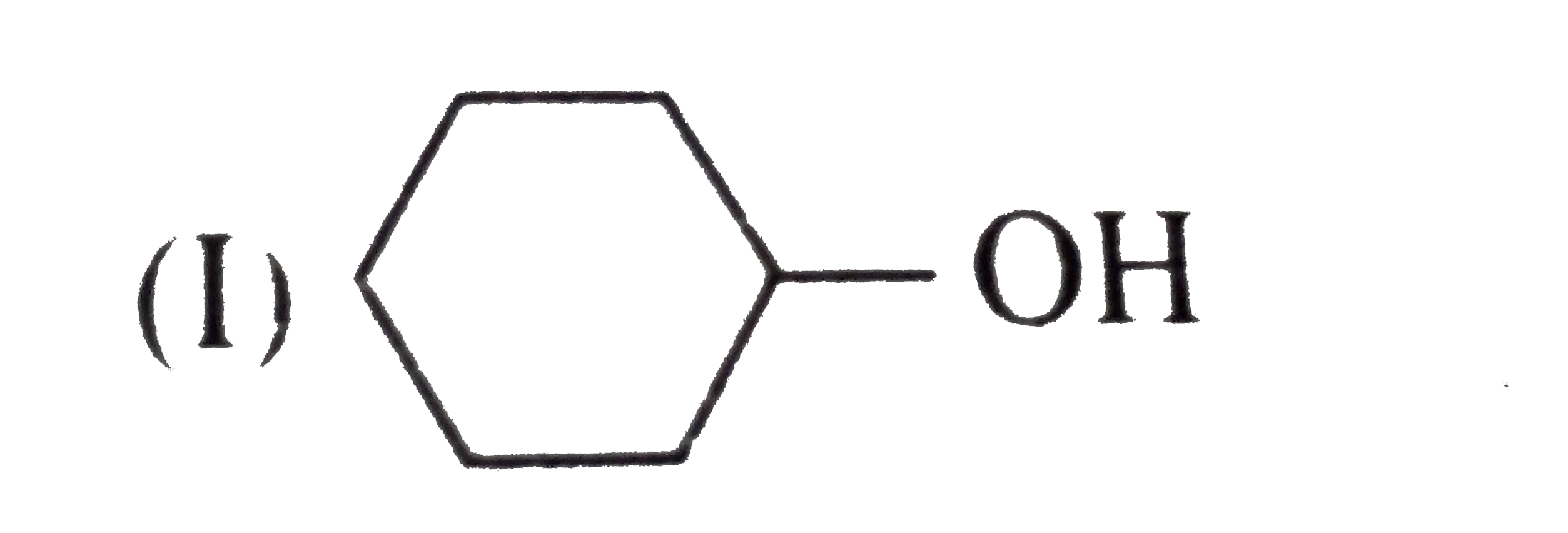 (II)
(II) 
(III) (IV)
(IV)  AII>IV>III>IBI>III>IV>IICIV>II>I>IIIDIII>I>II>IV
AII>IV>III>IBI>III>IV>IICIV>II>I>IIIDIII>I>II>IVWhat is the decreasing order of reactivity amongst the following compounds towards aromatic electrophilic substitution
I. Chlorobenzene
II. Benzene
III. Anilinium chloride
IV. TolueneAI>II>III>IVBIV>II>I>IIICII>I>III>IVDIII>I>II>IVThe decreasing order of the rate of bromination of the following compounds is:
I. PhN⊕Me3, II. PhCH2NMe3
III. PhMe, IV. PhMe2A(I)>(II)>(III)>(IV)B(IV)>(III)>(II)>(I)C(III)>(IV)>(I)>(II)D(III)>(IV)>(II)>(I)
Predict the order of reactivity of following compounds in dehydrohalogenation.
a. I. II.
II. 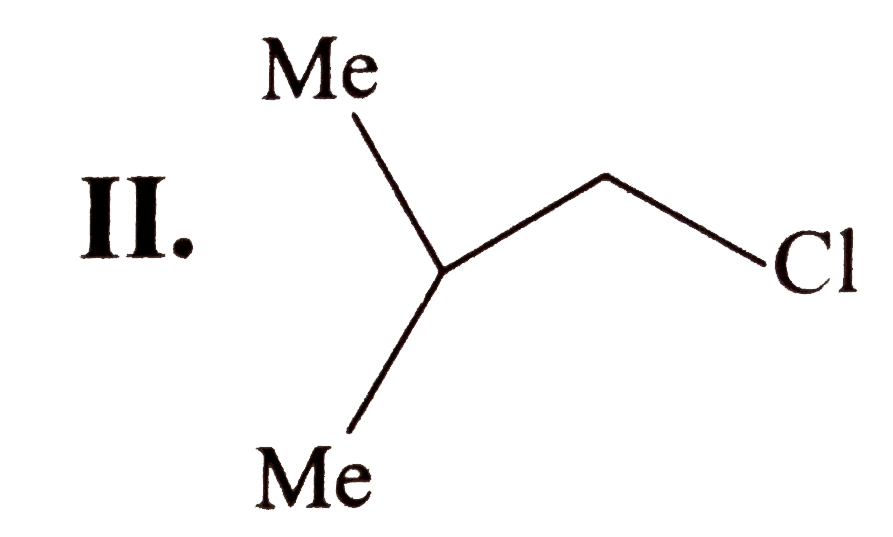
III.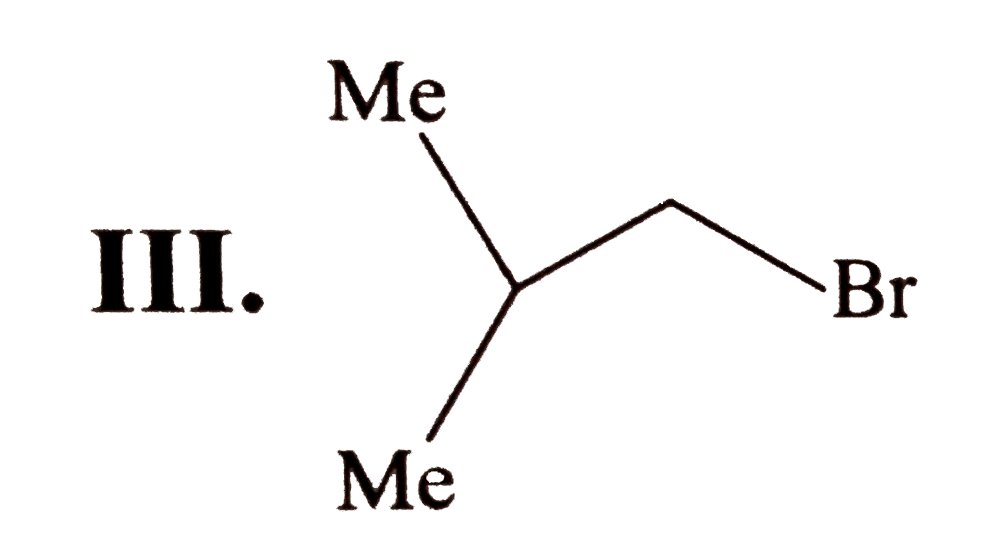 IV.
IV. 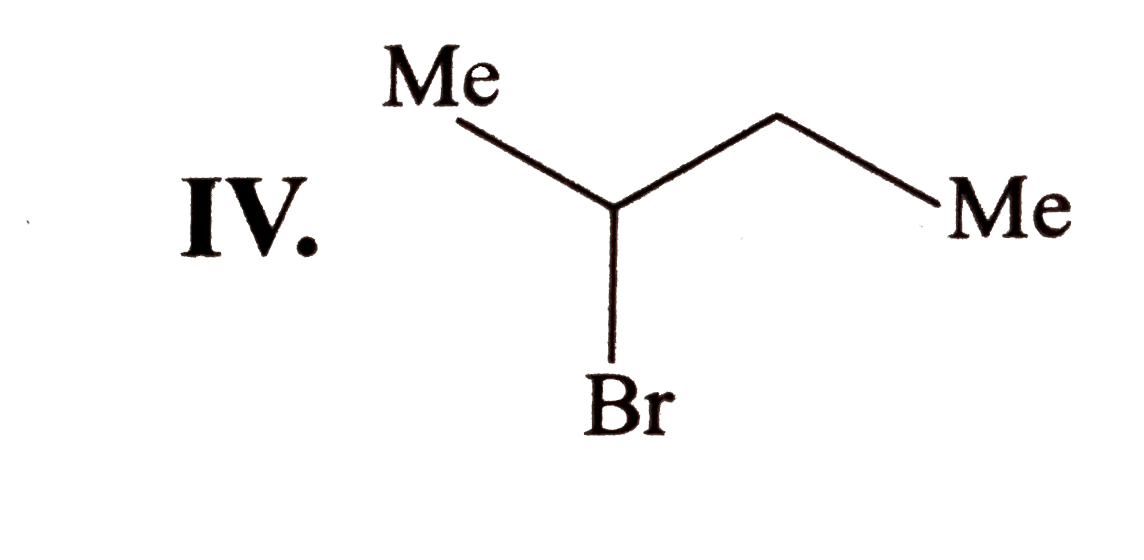
V.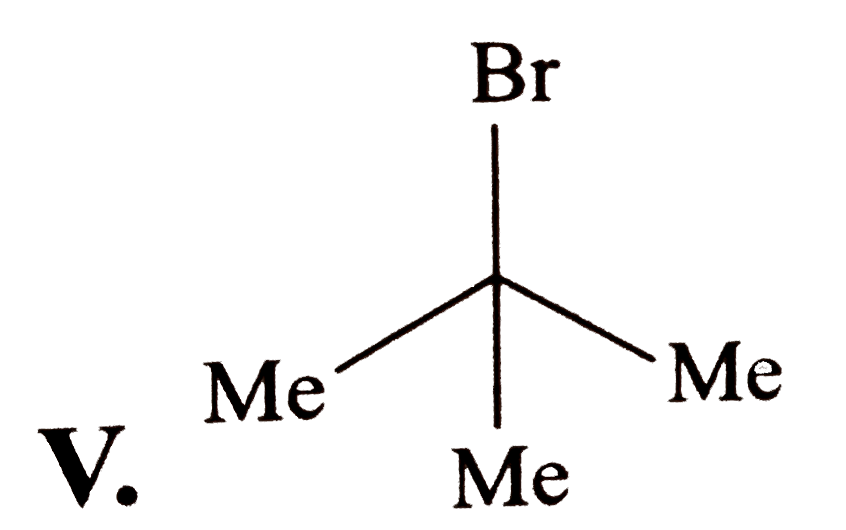
b. I. II.
II. 
III.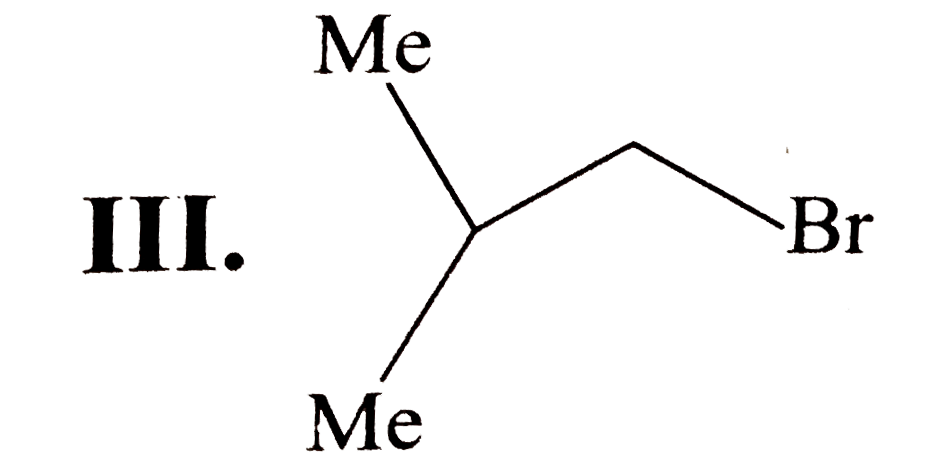 IV.
IV. 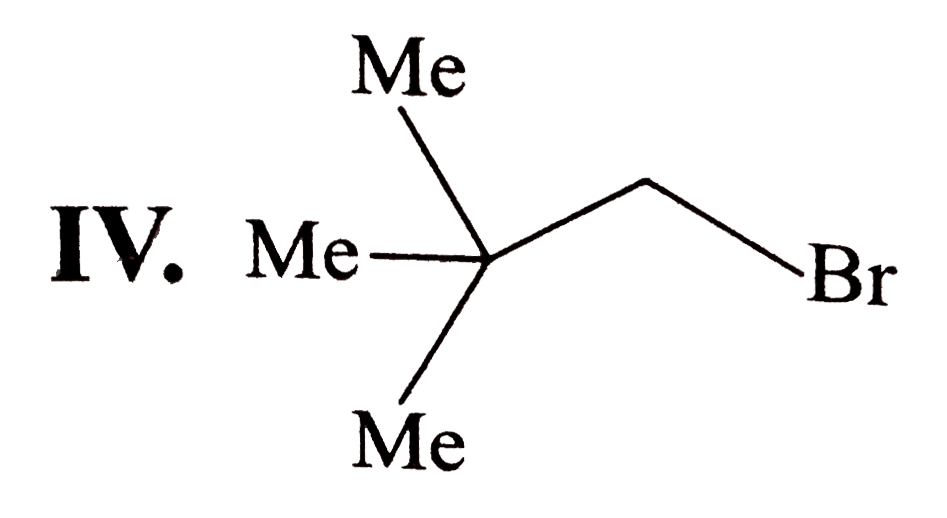
View SolutionThe decreasing order of basic characters of the following is :
(I) Aniline
(II) o-Nitroaniline
(III) m-Nitroaniline
(IV) p-Nitroaniline.
View SolutionThe decresing order of reactivity towards SE (substitution by electrophile) of the following is :
(I) Nitrobenzene
(II) Chlorobenzene
(III) Toluene
(IV) Benzene.
View SolutionArrange the following compounds in order of increasing dipole moment, Ethylbenzene (I), m-dichlorobenzene (II), o-dichlorobenzene (III), p-dichlorobenzene (IV)
View SolutionThe decreasing basic order of the following is:
i. Fo−, ii. Clo−, iii. Bro−, Iv. Io−
View Solution
